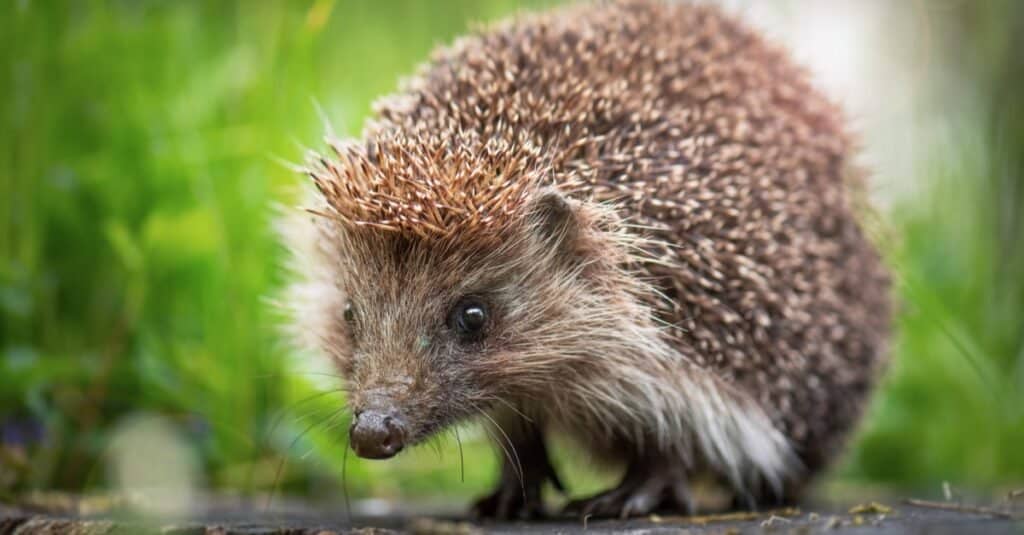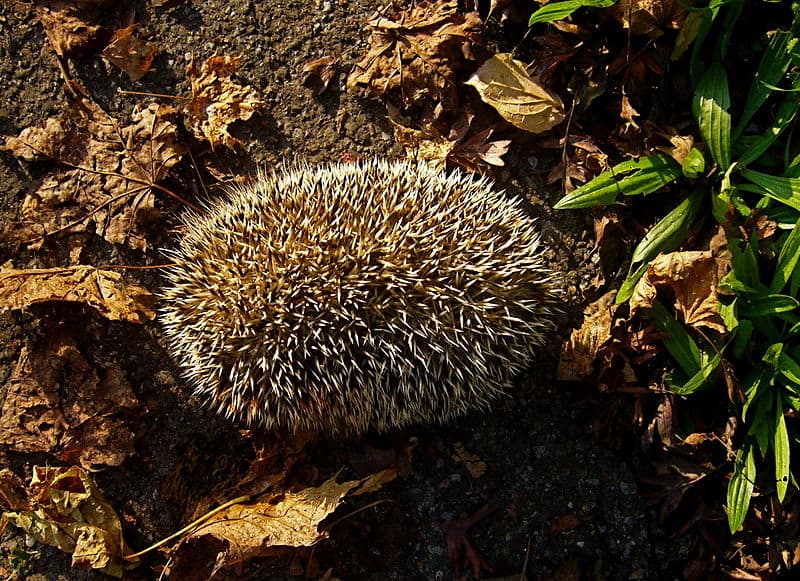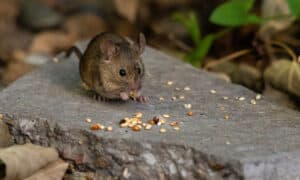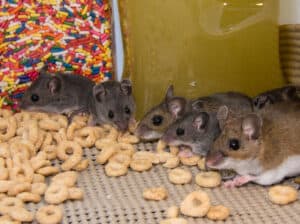Hedgehogs are small nocturnal mammals that are found across Asia, Africa, Europe, and New Zealand. There are seventeen living species of hedgehogs, but all are known for the distinctive prickly spines which cover their bodies. Given their prickly resemblance to porcupines which are rodents, one of the questions that is most often asked about them is “are hedgehogs rodents”.
In this article, we’ll discover what makes a rodent and find out whether hedgehogs share the same characteristics. We’ll learn about what is unique about hedgehogs, including how they protect themselves using their spines. We’ll also learn how they sleep through the harsh winter months and reawaken in the spring. So join us as we find out whether hedgehogs are rodents!
What are Rodents?
Rodents are mammals from the Rodentia order, which is the largest order of mammals with around 2,000 different species. They typically have stocky bodies, short limbs, and long tails. Rodents are some of the most widespread and adaptable animals in the world. They live almost everywhere in the world, with the exception of Antarctica in virtually every habitat around – from rainforests, to swamps and marshes, to deserts.
The main defining feature that sets rodents apart from all other animals is their teeth. This is because rodents have a unique set of incisors that never stop growing throughout their entire lives. This means that rodents must chew and gnaw almost constantly to prevent their teeth from becoming too long for their mouths. Most rodents are herbivorous, and they eat a range of bark, fruit, seeds, nuts, and plants. Although they are always chewing away, they never have to worry about their teeth becoming blunt and ineffective. This is because of a unique feature – self-sharpening teeth. Rodent’s teeth always remain sharp because of their makeup. This is because they are coated with enamel on the front of their teeth and dentin on the back, but the dentin wears away quicker than the tougher enamel. This creates a unique chisel-shaped edge that is permanently sharp.
Are Hedgehogs Rodents?

Despite their appearance, hedgehogs are not rodents.
©DenisNata/Shutterstock.com
Hedgehogs are not rodents. They are not related to rodents, and they don’t share the unique characteristics that define rodents. Hedgehogs have different teeth and are from a different family group. They also have a different diet and a different lifestyle. Hedgehogs also have a much smaller range across the world than rodents do.
Who’s the Family?
Unlike rodents, hedgehogs are not from the Rodentia order. Instead, they are from the order Eulipotyphla, which includes moles, shrews, moonrats, and desmans. However, only hedgehogs and moonrats form the family group Erinaceidae. The main characteristics of this family group are a shrew-like body with a long snout but a short tail. The Erinaceidae family is considered to be a fairly primitive group that has changed very little since they originated in the Eocene era (33 to 56 million years ago). One of the earliest prehistoric hedgehogs was the tiny Silvacola which was only around 2 inches long. The hedgehogs that we recognise today first evolved around 15 million years ago.
Different Teeth
As hedgehogs are not rodents, they lack the ever-growing incisors which rodents are noted for. Hedgehogs are omnivorous and eat a range of insects, slugs, snails, frogs, plants, leaves, bird eggs, and even some snakes. Therefore, they need teeth which are suited to their diet. This is why hedgehogs have small but sharp teeth which are used for grabbing their prey. They also have canine teeth, which rodents lack. Canine teeth are the pointy ones between the incisors and the molars, which are often known as fangs. Rodents don’t have these teeth and instead have a large gap where they should be. However, hedgehogs do, and they begin to get their first teeth – their milk teeth – within two to three weeks of birth.
Mind those Spines!

Hedgehogs protect themselves by curling into a ball.
©Abderitestatos, CC BY 3.0, via Wikimedia Commons – License
The most distinctive feature of hedgehogs is their prickly spines. Hedgehogs are typically brown and are covered in stiff spines across their bodies. However, their spines are actually just modified hairs which are made from keratin – the same substance that our own hair and fingernails are made from. Incredibly, hedgehogs are born blind and without spines, although their spines begin to sprout within 36 hours of birth. Eventually, the young hedgehog’s spines fall out and are replaced by their adult spines. Unlike porcupines, once they’ve got their adult spines, their spines don’t usually drop out or detach easily.
Hedgehogs use their spines as a prickly defense mechanism. When they come under threat, they curl themselves into a tight ball. This is so that the areas that don’t have spines – such as the face, feet, and belly – are tucked in and protected. To do this, hedgehogs have two large muscles on their back which are able to control their spines. However, how well protected they are depends on the number of spines that they have. The predators of hedgehogs depend on the species and where they are located in the world. Common predators include large birds such as owls, foxes, wolves, and mongooses. Whereas, in the UK, their main predators are badgers.
Hibernation
Although hedgehogs live in several different habitats, they typically prefer to sleep in burrows or dens in the ground or underneath rocks and bushes. They are nocturnal animals that spend most of the day sleeping. However, one of the most important things to hedgehogs is their ability to hibernate. Hibernation is a state of reduced metabolic activity so that animals can adapt and survive in the harsh winter months. Hibernation involves a lowered body temperature, very slow breathing, and a slow heart rate.
Hedgehogs typically hibernate from late December until late March – throughout the worst of the winter months. However, some hedgehogs hibernate earlier and some later. A few hedgehogs don’t even hibernate at all – it just depends on the weather and the individual hedgehog. Hedgehogs only hibernate in a well-hidden nest, never outside it. The body temperature of hedgehogs lowers to around 2°C when they are hibernating and then rises back up to between 30 and 35°C when they wake up.
The photo featured at the top of this post is © DenisNata/Shutterstock.com
Thank you for reading! Have some feedback for us? Contact the AZ Animals editorial team.






